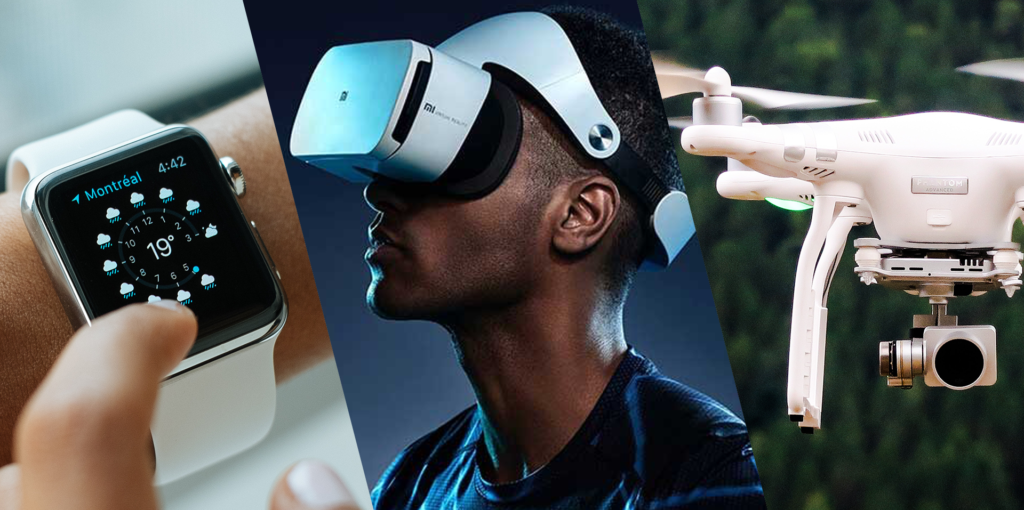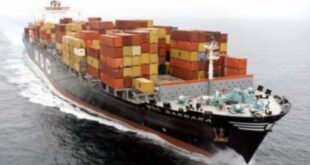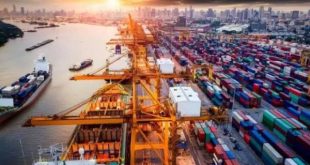Safety means many things to many people. To seafarers, “safety” is the process of increasing the probability they’ll survive to go home; to shipping companies, “safety” focuses on ways to improve their safety metrics. In most cases, these are two sides of the same coin.
No matter which industry you’re in or what sort of technology you use, safety always depends on people. The maritime industry is no different: in order for technology to improve seafarer safety, the seafarers need to buy into it. Therein lies the problem.
According to the Maritime & Coastguard Agency’s MGN 520(M), the top three human element factors contributing to Confidential Hazardous Incident Reporting Program (CHIRP) reports are situational awareness, the crew being reluctant to speak up when there’s a problem, and communication. The CHIRP Maritime – 2019 Causal Analysis found that the top five causes of latent failures are organisation, defences, error-enforcing conditions, communication and training, while a smaller 2014 study of fatal accidents and injuries among merchant seafarers worldwide found that the most common types of fatal accident on duty were being struck by lines or other objects, falls onboard, falls overboard and asphyxiation in enclosed spaces. Technologies that address these general areas could help to improve safety and reduce related accidents
Data collection and analysis
There’s a common belief that you can’t manage what you don’t measure. While not strictly true, it is always true that you can’t identify patterns in non-existent data. Seafarers present unique challenges for data collection: they’re often inaccessible and suspicious of outsiders. Most seafarers are aware of the safety issues on their ships and have some idea of how to address them. Unfortunately, they’re usually unlikely to pass that information on to their company.
Under the International Safety Management (ISM) Code, Shipping companies collect non-conformity, near-miss, accident and incident data, but many companies don’t use their data to its full potential. By analysing relevant data, companies can identify correlations and trends early – and correct those that are a safety issue before they lead to an accident.
HiLo Risk Management uses customers’ anonymised data to create a statistical model which translates near miss, accident and incident data into a comprehensive risk profile for each company and the entire HiLo fleet. Companies use this information to address developing problems early. HiLo has models for tankers, bulk carriers and container ships, and is developing a model for ferries and passenger ships.
Smart wearables
The popularity of smart wearables, such as watches, rings and even belt buckles, is increasing steadily. Wearables have the advantage of being small, light, and comparatively inexpensive. Because most wearables include some form of tracking technology, companies considering implementing any form of wearable technology onboard should consider privacy issues in the planning phase.
Fatigue is a common contributor to accidents at sea. Fatigued people’s response time, ability to process information, situational awareness, coordination and ability to communicate deteriorate. After being awake for seventeen hours, one study’s participants found their cognitive psychomotor performance was equivalent to participants with a blood alcohol level of 0.05. Many studies have replicated these findings.
The UK’s Sleep and Fatigue Research Organisation (SAFR) uses a bio-mathematical model and data from consumer wearables to measure sleep quality and predict and identify fatigue. Users can access their personal information via a mobile app, while managers can access a detailed breakdown of fatigue predictions and analysis to help them manage associated risks.
SAFR has worked with other industries, including aviation, road transportation, emergency services, and the military. In February 2020, they combined with the Shipowners’ Club to publish a study on monitoring and managing fatigue risk with wearable technology.
Alternatively, Dimeq has developed a configurable, waterproof wrist band with six-month battery life and an assortment of safety-related functions. Dimeq’s locator system can track firefighting teams, locate casualties, and monitor evacuation. The bands can also trigger an alarm if a wearer falls overboard or doesn’t muster in an emergency. NFC chips in the next generation of Dimeq bands work as access keys, and can even make contactless payments onboard. The current generation monitors noise and temperature, and Dimeq is planning to include more environmental sensors, including toxicity, in future iterations.
Drones and robots
Despite the looming threat of the robot takeover, robots and drones can reduce crew exposure to hazards. While they’re not yet widely used in the maritime industry, they’re in common use in related industries like oil and gas.
Quadcopters, often known as drones, are versatile, cost-effective and user friendly. They’re easy to repurpose with different sensors, and while they need a trained operator, training is straightforward and often fun. A drone fitted with a camera and gas meter can give valuable information about dangers in a confined space if a crew member needs to enter to carry out repairs or maintenance.
BHP uses drones for cargo hold surveys, and DNV-GL uses them for inspections and tank inspections, including ultrasound thickness measurement. Interactive aerial offers both options as a service. In all cases, drones cut down the time required for a thorough inspection and reduce the workload and risk for the surveyors and the seafarers who accompany them.
Although they’re less common than drones, inspection robots have similar goals. The Marine Inspection Robotic Assistant System (MIRAS) being developed by a group of companies coordinated by RINA, and Ship Inspection Robot (SIR), a collaboration between Alstom Inspection Robotics, ETH Zürich and ZHdK are two of the current inspection robots in development.
Crew training technologies
Training is the go-to solution for many safety problems, and technology provides several tools to help. Extended reality, gamification, and live-streaming are breaking into maritime training. In the maritime industry, a common issue is the lack of realism. Writing essays about safe working practices or answering multi-choice questions do little to develop the real-world skills required onboard a ship. While simulators are a well-tested and effective solution, they’re expensive and only available at certain shore-based training providers.
Virtual reality equipment is more accessible than simulators and creates a virtual environment for students to explore. As with a simulator, students can experience and learn from dangerous situations in complete safety, leading to deeper learning. OMS-VR offers VR training courses for seafarers, including a range of safety, engineering and maintenance topics.
Big Yellow Fish takes an unconventional approach to maritime training, using game-based learning to increase engagement with their maritime training material, while Tapiit is for those who are more comfortable with traditional courses. Tapiit makes it simple to book standard maritime training courses worldwide, with transparent pricing and availability. They’re even rolling out live streaming and a mobile app for seafarers to manage their certificates.
Conclusion
There’s no shortage of technical solutions trying to address human problems; safety is just one of these problems. However, safety is always about people. If you don’t win your people over, build a positive safety culture, and support your crew, there’s no technology that can improve your safety outcomes.
Despite that, appropriate and well-thought-out technology can help to identify, monitor and address specific safety issues to support a good safety culture onboard.
 MMS PLUS NG – Maritime, Aviation, Business, Oil and Gas News Online Newspaper with coverage in Maritime, Oil and Gas, Aviation, Power and Energy as well as Financial News
MMS PLUS NG – Maritime, Aviation, Business, Oil and Gas News Online Newspaper with coverage in Maritime, Oil and Gas, Aviation, Power and Energy as well as Financial News










